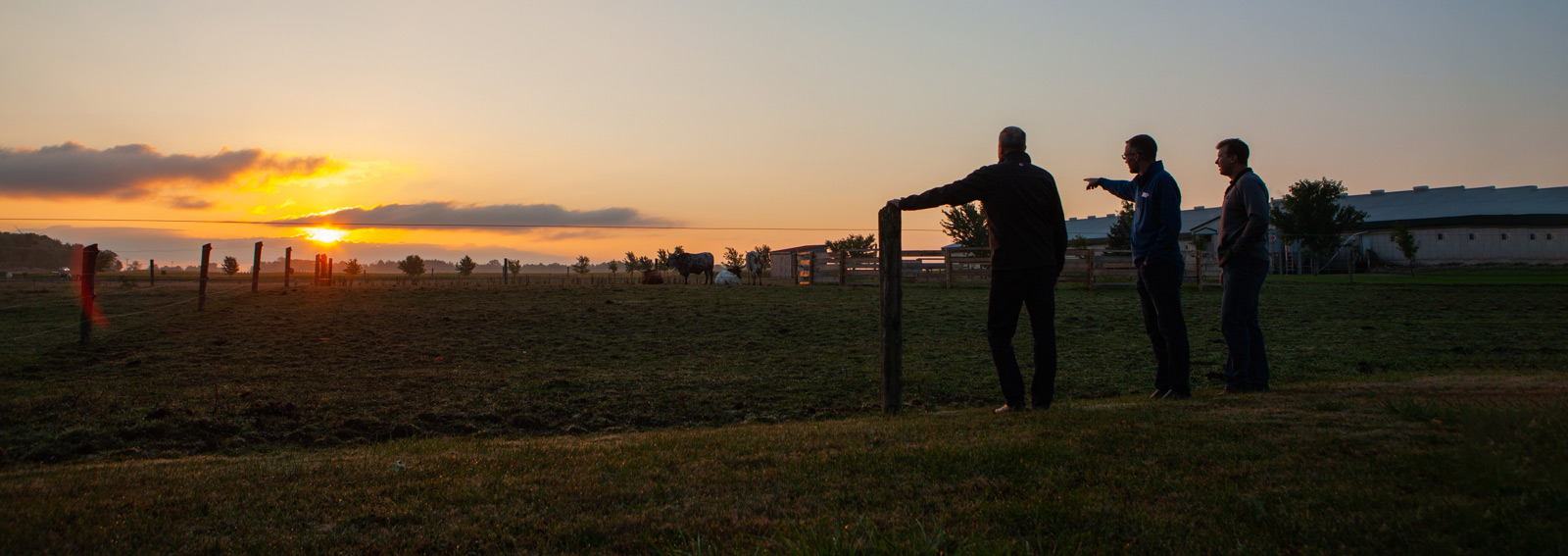If you were to ask Canadian farmers what they enjoy most about their life in agriculture, not many would place “budgeting” at the top of the list. That’s understandable — a dislike for budgeting can stem from a variety of factors. The process could be seen as too time-consuming, complex, boring, or restricting.
But these perceptions are underpinned by a misunderstanding of what budgeting can be, and how much value it can add, when done consistently and properly.
A new way to look at budgeting
Budgeting is a little bit like exercise. It’s tough to get started, but consistency makes it easier and more enjoyable each time you do it. And it yields positive results in both the near and long term.
When you think of the word “budget”, you may think of spending caps — a static, maximum amount of money you can use before you have to say “we don’t have the budget for that.” The reality is that your budget should be treated as fluid and dynamic, because your circumstances change every year as a farmer. It should of course include the usual elements like expense tracking, but it could also include revenue projections and forecasts, yield data, average prices, sensitivity analysis, and so on.
The best question to ask yourself as you build your budget is: What do I really need from my budget? For example:
- Do you need to use it as a communication tool with your bank?
- Do you need it to make major decisions, like which crop to grow?
- Do you need regular visibility to not fall behind on debt?
The budgeting process should be considered just as important to your farm as the estimating process is for construction projects. Getting an estimate for how much something will cost, even if that estimate ends up being imperfect, is a non-negotiable part of construction.
Your goal should be to use your budget for planning and performance management, rather than just as a tool to keep you accountable on spending.
Pitfalls to avoid
First impressions are important. If your first few attempts to build a dynamic and functional budget fail, or prove frustrating, you’re less likely to maintain the positive habits you’ve built.
To ensure you don’t develop a distaste for budgeting that can hurt you down the road, avoid these common pitfalls:
- Not double-checking the math: A small error in an Excel spreadsheet, if left undetected, can lead you to make decisions based on faulty data.
- Only leveraging industry averages: Industry averages are useful in certain scenarios if you use them as a benchmark. But if you use them as the basis for your budget, rather than leveraging your own numbers, your forecasts and financial models will be weaker.
- Not updating it regularly: Any major event that impacts your profitability, from interest rate hikes to weather anomalies, should be factored into your budget so you have real-time projections to work with. Creating one budget and leaving it static is better than not having one at all, but it’s not the optimal approach either.
- Doubting yourself: Many farmers assume they will not have the financial acumen to create a budget that goes beyond the bare basics. As with exercise, it gets easier with time, and often getting started is the largest hurdle. You can create templates that you re-use and enhance.
- Not asking for help: You don’t need to undergo this process alone. Talk to your accountant or business advisor to see what they can do to enhance your budget.
Best practices for farm budgeting
Every farm is different; as discussed above, the most important consideration when you build a budget is to ensure it does what you need it to do. However, there are certain best practices that consistently show up among the farmers who excel at budgeting.
Sensitivity analysis and contingency planning
Knowing your financials and maintaining visibility on key metrics is an important first step. What separates good budgeters from great is the ability to ask “what if” questions during the process. What if interest rates go up aggressively? What if commodity prices go down, or up?
With this extra layer of information, you’ll be more agile and much less likely to be caught off guard.
Deliberate communication
The farmers with the strongest budgeting habits are including more people in the communication loop. They use their budget as a communication tool to add credibility to their conversations with lenders, family, and business partners. As you make group decisions, including succession of the farm to new ownership, credible data helps everyone get on the same page and understand needs.
Start where you are
Your bank balance doesn’t tell the whole story of how well you’re doing. A strong budget can become you best ally as you weather economic uncertainty and work to build financial prosperity for yourself and future generations.
No matter what business decisions you’re making — pre-buying fertilizer, contracting grain, how and when to lock in your cost of production — make them with your budget as a guide.






